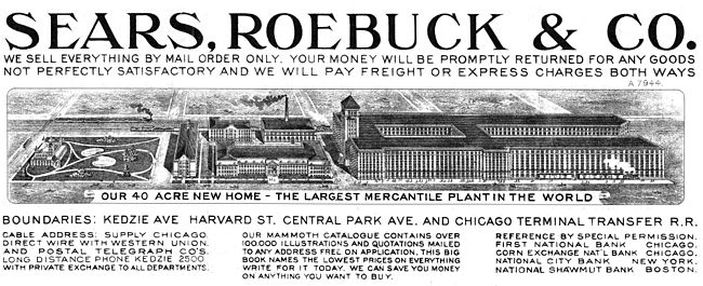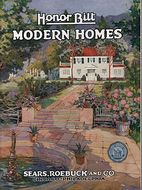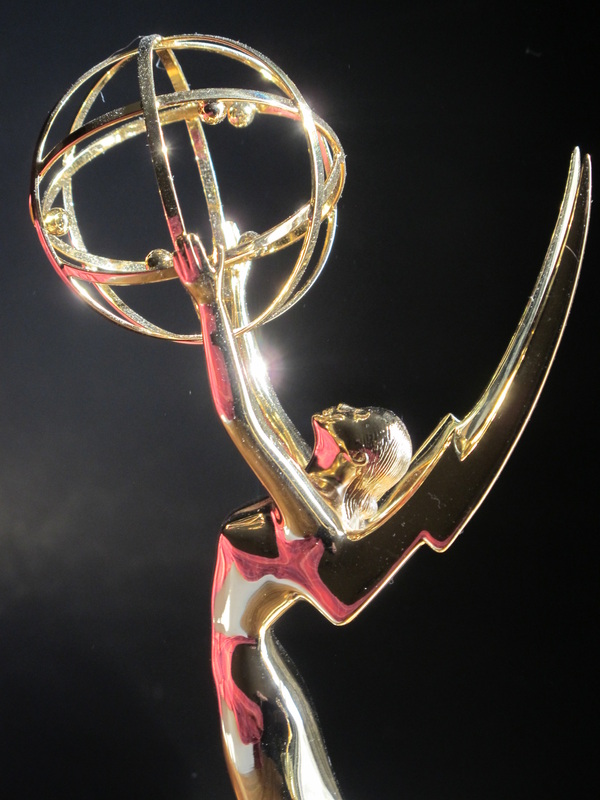 source: Wikipedia.org.
source: Wikipedia.org. 1) It would give Amazon.com an immediate foot on the ground by way of 900+ "Sears" branded stores.
2) It would give Sears (if it even survived the transaction) a badly needed marketing leg up – taking it back to its roots, so to speak, by providing a ready-made online “catalog” with ever-fresh new shopping options.
Then, today, I came across an article by retail commentator Robin Lewis, of The Roberts Report, that suggested that very thing, although his headline made it sound like the deal had already been struck. (http://therobinreport.com/amazon-acquires-sears/)
Sears Memories.
The Sears of my youth was the big box of its time. It was a retail wonderland where you could buy just about anything, from clothes to bulky black-and-white TV sets (and the rooftop antennas you needed to make them work). There were also Kenmore appliances and Craftsman tools -- Mom would have no other washer, and Dad practically idealized Craftsman products.
My birthday present one year was a shiny maroon J.C. Higgins two-wheel bicycle with wide fenders that actually kept rainwater off your back, coaster brakes and fat tires. It was the real thing, not a sissy bike like we kids perceived the European “racing bikes” to be.
 source: Wikipedia.org
source: Wikipedia.org My recent visit to a Sears store was just that: a visit. Our little granddaughter wanted to ride up and down the escalator with Grandpa while her mother shopped at the Whole Foods next door (housed in what used to be the other half of the Sears store). My brothers and I also loved the “moving stairs” in Sears all those years ago – and if truth be told, probably would have a go at them today were we fortunate enough to find ourselves together in a Sears store any time soon.
A New Reality For Sears.
The store was well-kept (lots of time to sweep up) but appeared on the edge of abandonment, which inspired me to craft a variation on their 2009 tagline (Life. Well Spent). Sears … Just About Spent.
Back in the early ‘90s I had a conversation with a client who recently had left a high level Sears position -- just about the time the folks from Bentonville were beginning to make good on their notion to rise up and eat America. The general drift of our discussion was that Sears had, indeed, lost its way – and that was years before Walmart got awesome big and before the Internet started chomping away at the retail space. Amazon.com didn't launch until 1995! So, could the tide finally be about to turn for the one-time American retail stalwart, thanks to one of its most voracious competitors?
If so, I say “Go get ‘em!” Jeff Bezos. And don’t forget the freshly made buttered popcorn.
TakeAway: Resting on the tried and true may blind you to new ways of doing things and shut you out of a future you truly might have prospered in.
© Brian E. Faulkner
Tags: Sears, tagline, Amazon.com, The Lewis Report, Kenmore, Craftsman, J.C. Higgins, Sears Wish Book, Sears catalog, Whole Foods, Walmart, key message, wishy-washy taglines.
About Brian Faulkner.
Brian also is a three-time Emmy award winning Public Television writer and narrator of UNC-TV’s popular Our State magazine series, on the air since 2003.

 RSS Feed
RSS Feed